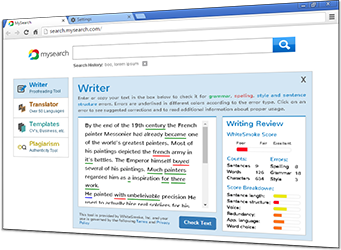Tips for Effective E-mail Writing
Who doesn’t use e-mail these days? Electronic mail is an integral part of 21st century communication. Believe it or not, the average office worker receives 60-200 e-mail messages per day, and it is estimated that over 7 trillion e-mails were sent last year! Between this high volume of e-mail communication and the faster pace we work at these days, it’s worthwhile to learn how to have effective e-mail communication.
For successful e-mail writing, consider following the guidelines in the list below. These tips are suitable for all types of effective e-mail writing, including effective e-mail marketing.
1. Send brief, clear messages. No one has the time or energy to scroll through and read a dozen pages. The shorter the e-mail you write, the higher the chance it will be read, so your message will get across. Using bulleted points is an efficient way of presenting information.
2. Send multiple messages for more than a few topics. If you have many topics to address through e-mail communication, send each one in a separate message. This will ensure that the recipients will read your messages. Also, you’ll get faster responses that you can more easily keep track of; instead of searching through massive e-mails for buried information, find the details quickly in the shorter, more organized messages you’ll have.
3. Include relevant information from past e-mails. Because we read so many e-mails each day, it’s hard to remember all of the details. When you are responding to communication, an effective e-mail will contain relevant details from previous messages so the reader can quickly recall what’s important.
4. Write specific subject line descriptions. Let your readers know exactly what they’re about to see by including accurate, concise information in the subject line. Receiving and reading e-mails shouldn’t be a guessing game!
5. Don’t use abbr. in ur biz msgs. Sometimes it takes longer to decode abbreviations in your business messages than it does to read the whole words. Save your readers time by writing out what you need to say.
6. ALWAYS proofread your e-mail messages before you send them. Don’t risk your readers misunderstanding your important messages.
Use WhiteSmoke to make sure your emails are always 100 mistake free!



